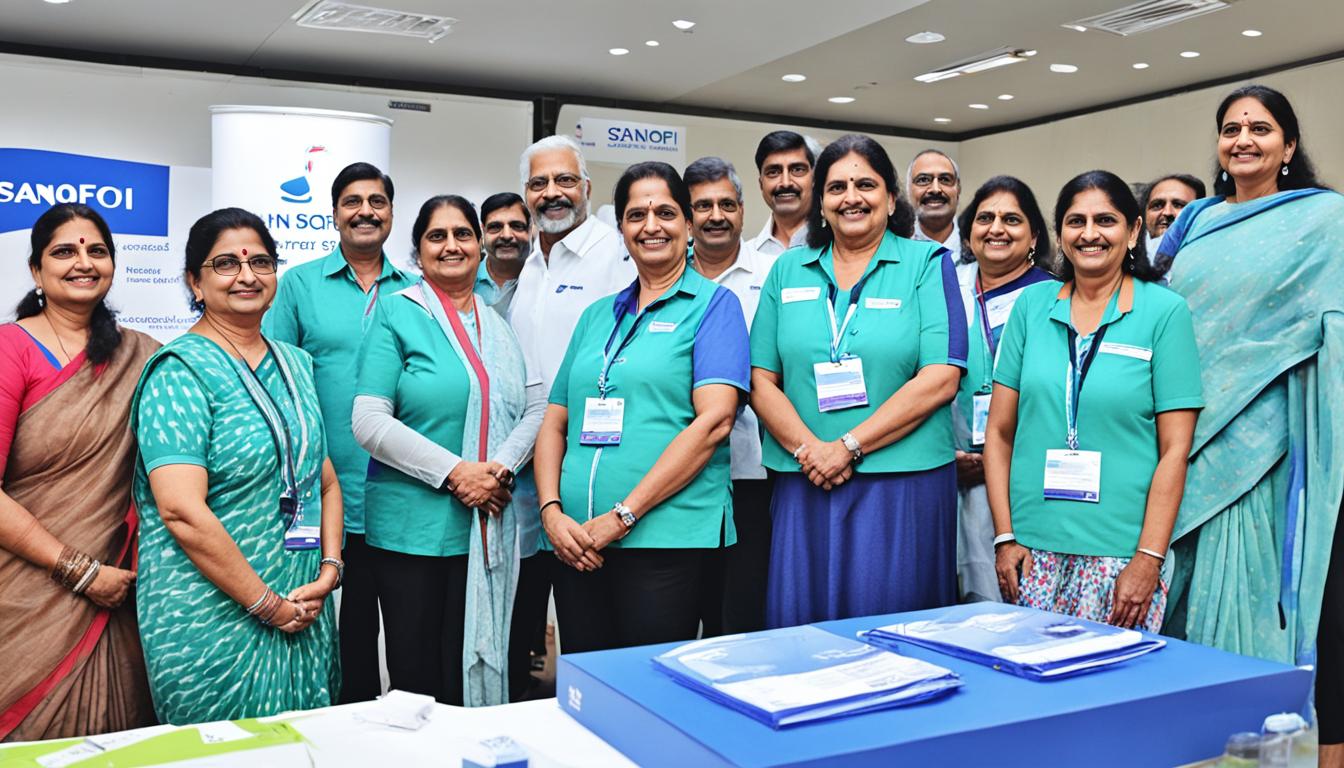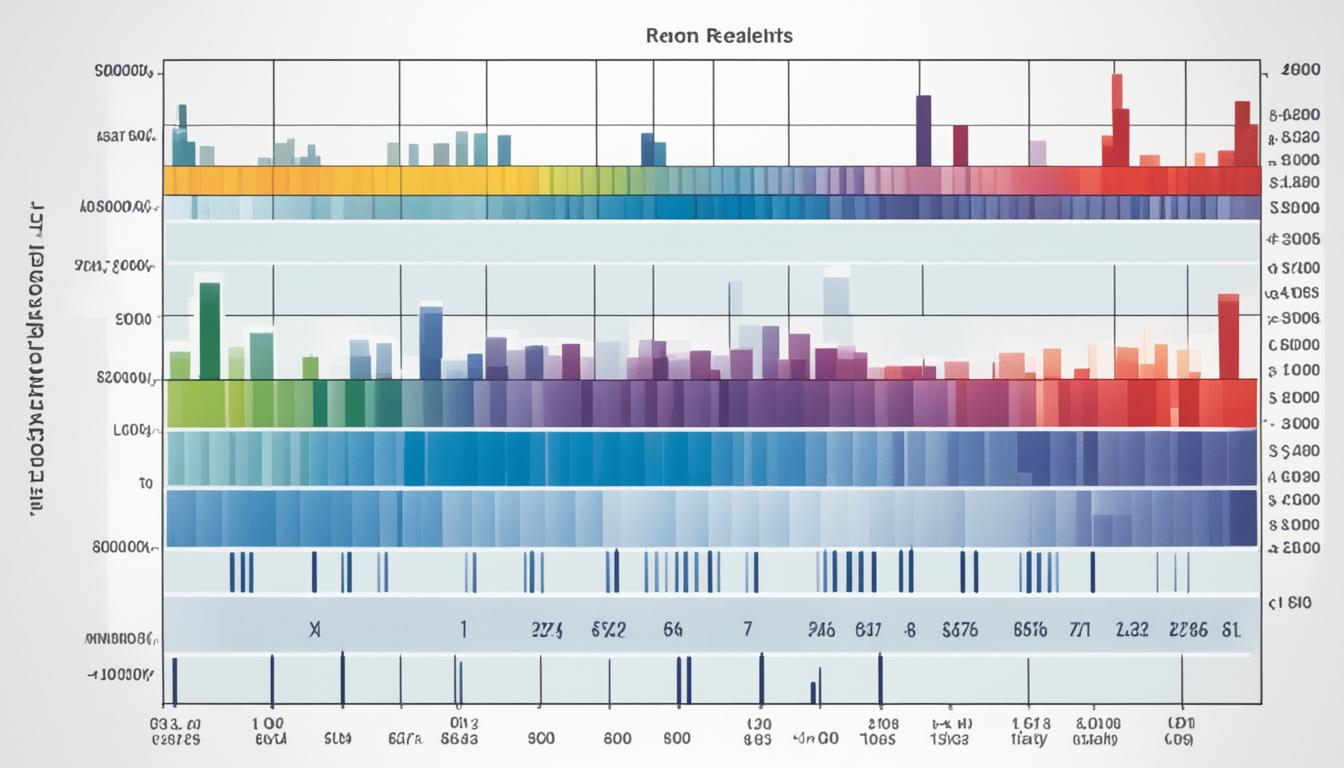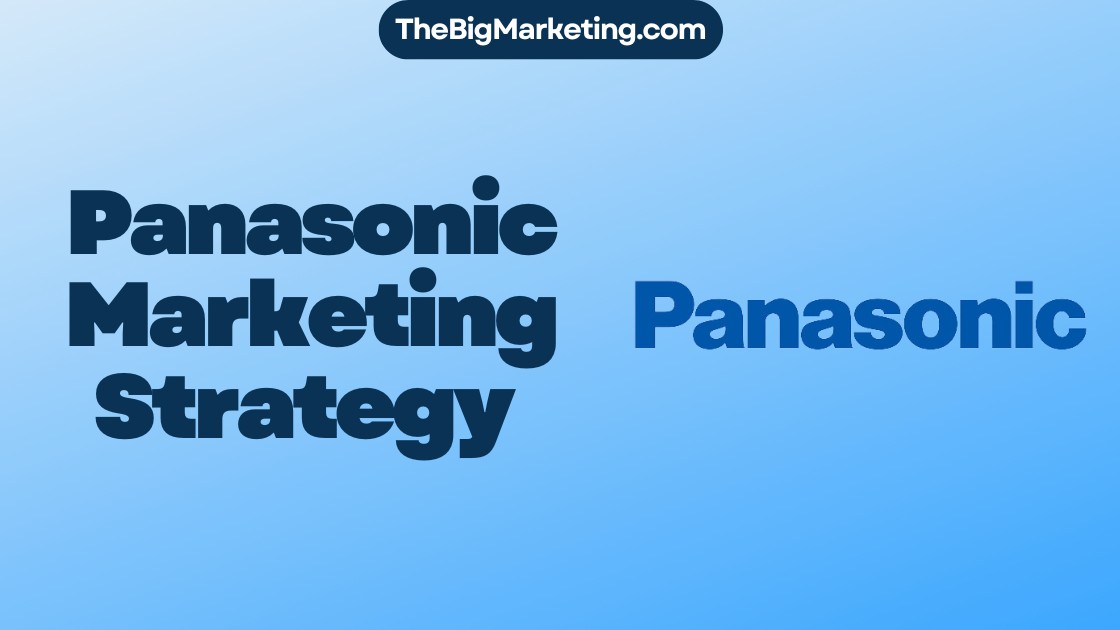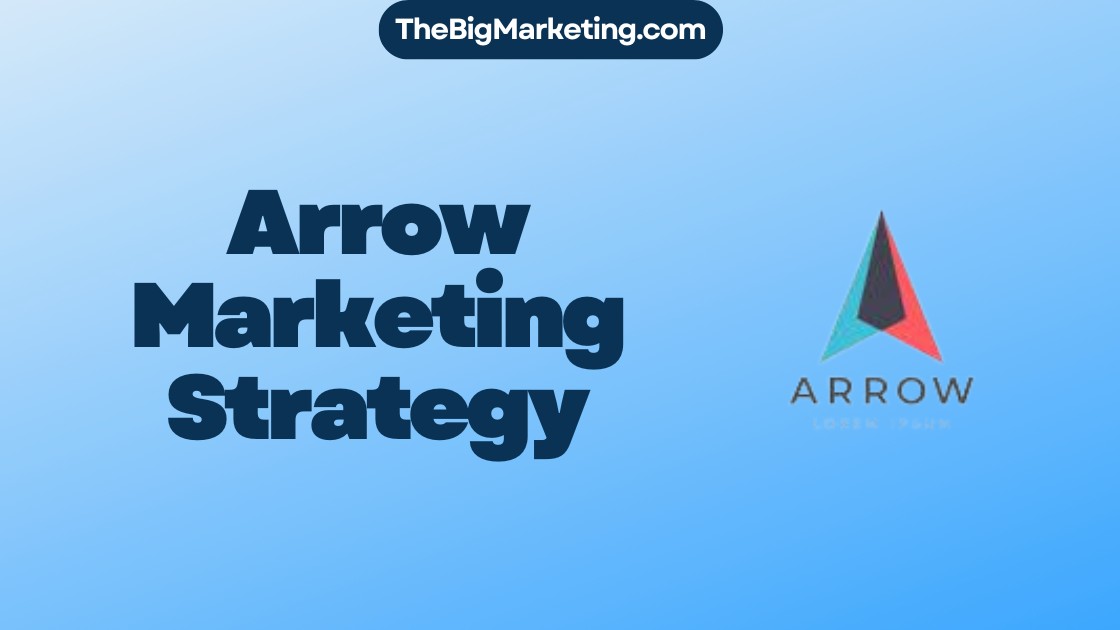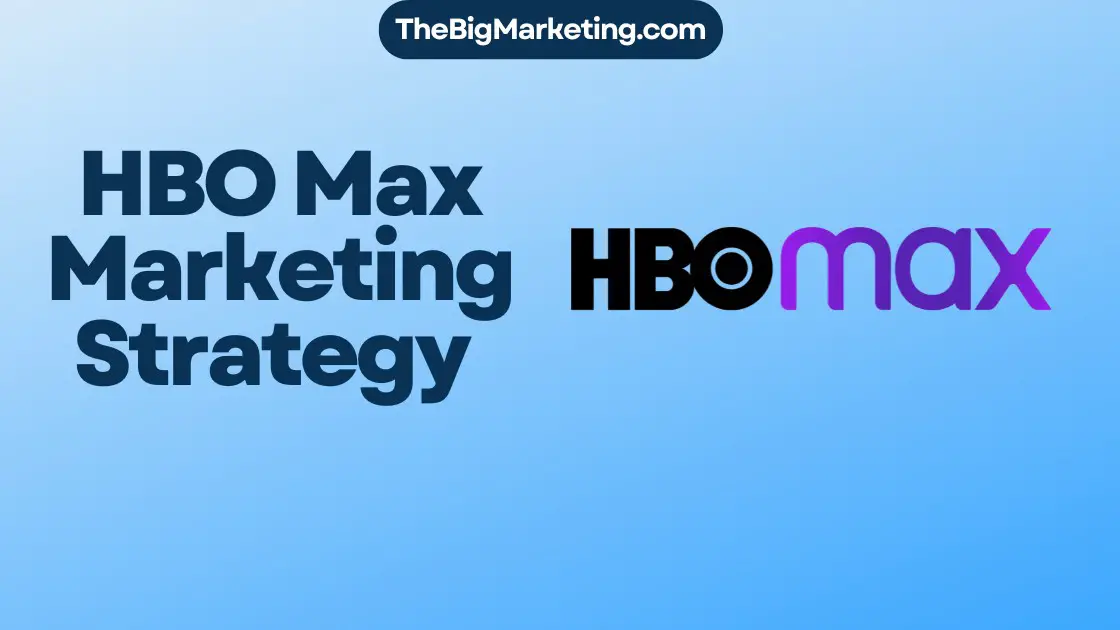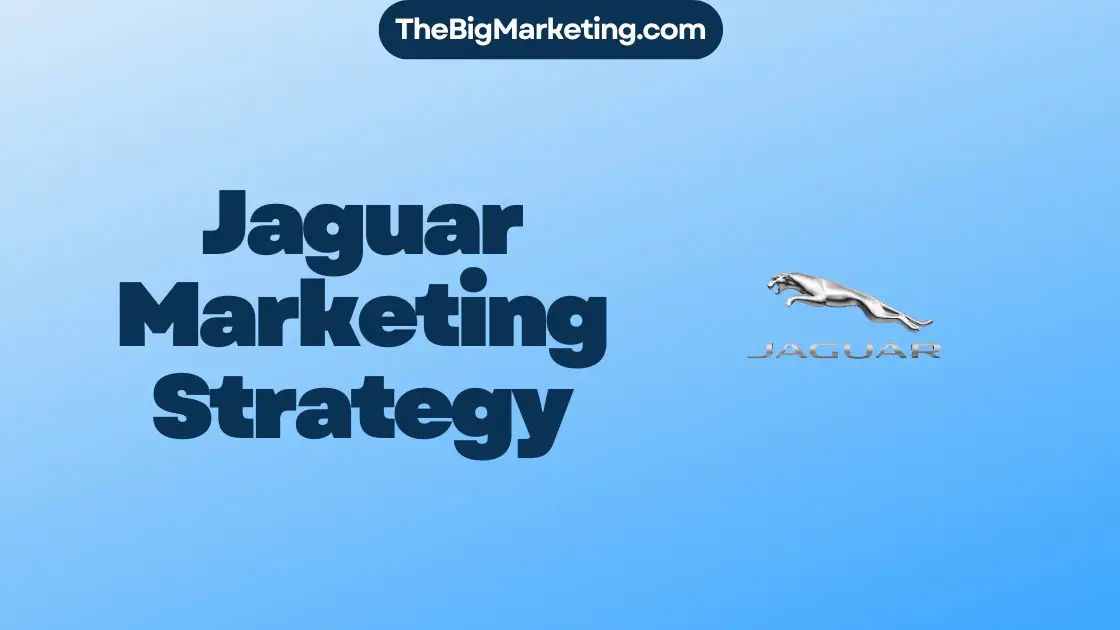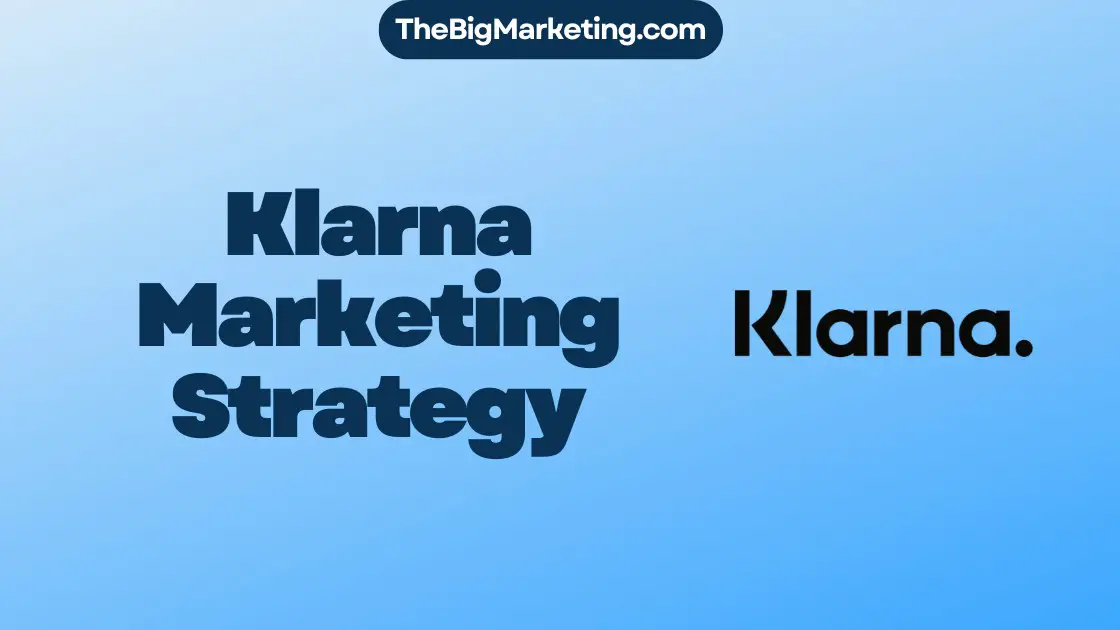Consumer Packaged Goods (CPG) Marketing is a critical aspect of promoting and driving growth for products that consumers regularly purchase and replace. These include food, beverages, household cleaners, toiletries, tobacco, and cosmetics. CPG marketing involves a range of activities and campaigns aimed at generating awareness, building brand affinity, and fostering customer loyalty for these products.
Both online and offline marketing tactics are employed, utilizing both paid and organic strategies. However, CPG marketers face unique challenges in the current market, such as limited access to first-party data, the impact of user-generated content, and weakening brand loyalty.
Key Takeaways:
- CPG marketing focuses on promoting consumer packaged goods such as food, beverages, household products, and cosmetics.
- Online and offline marketing tactics are used to generate awareness and build brand loyalty for CPG products.
- Challenges include limited access to first-party data, the influence of user-generated content, and decreasing brand loyalty.
What Does CPG Stand for in Marketing?
In marketing, CPG stands for consumer packaged goods. CPG refers to products that consumers regularly use and need to replenish, including food, beverages, clothing, cosmetics, and household products. CPG brands face the challenge of standing out in a highly competitive market where consumers often have little brand loyalty. Therefore, effective CPG marketing is essential for creating awareness, driving sales, and building brand affinity in this industry.
CPG marketing encompasses a variety of strategies and tactics aimed at reaching and engaging target consumers. From traditional advertising methods to digital marketing campaigns, CPG marketers employ a range of techniques to showcase their products and connect with consumers on both emotional and rational levels.
CPG marketing goes beyond just selling products; it involves building meaningful relationships with consumers based on trust and value. By understanding consumer needs and preferences, CPG marketers can tailor their marketing efforts to resonate with their target audience, ultimately driving brand loyalty and repeat purchases.
CPG brands often face unique challenges in the market, such as intense competition and the constant need to innovate and differentiate their products. However, with effective marketing strategies and a deep understanding of consumer behavior, CPG companies can position themselves for success and drive growth in the fast-paced consumer packaged goods industry.
Importance of CPG Marketing
CPG marketing plays a vital role in driving the success of consumer packaged goods brands. With the highly competitive nature of the market, it is crucial for companies to implement effective CPG marketing strategies to differentiate themselves from competitors, attract potential customers, and drive revenue growth. By understanding consumer behavior, building a strong brand, differentiating products, and implementing effective distribution and promotional activities, CPG marketers can position their brands for growth in the industry.
One of the key reasons why CPG marketing is important is because it helps companies generate awareness for their products. By utilizing various marketing channels and tactics, such as advertising, influencer partnerships, and social media campaigns, CPG brands can reach a wider audience and create visibility for their offerings. Increased awareness not only drives brand recognition but also helps attract new customers who may not have been familiar with the brand previously.
Additionally, CPG marketing is essential for increasing brand affinity and building customer loyalty. Through consistent messaging, engaging content, and personalized experiences, marketers can cultivate a strong emotional connection between consumers and the brand. This connection fosters loyalty and encourages repeat purchases, leading to long-term customer relationships and increased customer lifetime value.
Furthermore, implementing effective CPG marketing strategies enables brands to differentiate themselves from competitors. In a crowded market where consumers have numerous options to choose from, it is crucial for brands to stand out and communicate their unique value proposition. By highlighting key product features, emphasizing brand values, and utilizing innovative marketing tactics, CPG marketers can attract and retain customers who are seeking differentiated offerings.
CPG marketing also plays a pivotal role in driving revenue growth for brands. By effectively promoting products, increasing brand visibility, and attracting new customers, CPG marketers can boost sales and generate higher revenue streams. This revenue growth not only strengthens the brand’s position in the market but also provides resources for further innovation, expansion, and investment in future marketing initiatives.
Overall, the importance of CPG marketing cannot be understated. It is a critical aspect of building successful consumer packaged goods brands. By implementing effective marketing strategies, CPG marketers can generate awareness, increase brand affinity, differentiate their products, and drive revenue growth, positioning their brands for long-term success in a highly competitive market.
CPG Marketing Strategies
CPG marketers employ a variety of strategies to promote their products and effectively engage with consumers. These strategies are designed to create brand awareness, drive customer acquisition, and foster brand loyalty. Here are some key CPG marketing strategies:
Influencer Marketing
Influencer marketing has become a powerful strategy in the CPG industry. By partnering with popular influencers in relevant niches, CPG brands can reach a broader audience and leverage the influencers’ credibility and influence to showcase their products. This strategy helps build trust and authenticity, increasing the chances of consumers trying and embracing CPG products.
Content Marketing
Content marketing is a valuable approach for CPG brands to engage with consumers and establish thought leadership. By creating informative and valuable content, such as blog posts, articles, and videos, CPG marketers can position their brands as authorities in their respective industries. This strategy can provide consumers with valuable insights, tips, and advice, while subtly promoting CPG products.
Social Media Marketing
Social media is a powerful tool for CPG brands to build brand awareness, engage with target audiences, and showcase their products. Platforms like Facebook, Instagram, and Twitter offer CPG marketers the opportunity to create compelling content, share user-generated content, run contests, and communicate with consumers directly. Strategic social media marketing can help drive engagement, generate leads, and increase sales.
Personalized Marketing
Personalized marketing plays a crucial role in CPG marketing. By leveraging customer data and insights, CPG brands can create tailored messages and offers that resonate with individual consumers. Whether it’s customized product recommendations, personalized email newsletters, or targeted advertising, personalized marketing helps strengthen the bond between consumers and brands, leading to increased engagement and loyalty.
These are just a few examples of the diverse strategies that CPG marketers employ to promote their products and connect with consumers. Successful CPG marketing strategies require a deep understanding of the target audience, a creative approach to content creation, and a data-driven mindset to personalize marketing efforts and measure success.
CPG Marketing Strategy Comparison
| Strategy | Benefits | Challenges |
|---|---|---|
| Influencer Marketing | Expanded reach, increased credibility, authentic product promotion | Finding the right influencers, managing partnerships, maintaining authenticity |
| Content Marketing | Establishing thought leadership, providing valuable information, subtly promoting products | Creating high-quality content consistently, standing out in a crowded content landscape |
| Social Media Marketing | Building brand awareness, engaging directly with consumers, showcasing products | Managing multiple platforms, staying on top of trends, handling negative feedback |
| Personalized Marketing | Increased customer engagement, strengthened brand-consumer relationship, improved conversion rates | Accessing and utilizing customer data, managing privacy concerns, maintaining data accuracy |
CPG Marketing Trends
CPG marketing is a dynamic field that continually evolves to meet the changing needs and preferences of consumers. By staying ahead of the curve and embracing emerging trends, CPG brands can effectively connect with their target audience and maintain a competitive edge in the market.
Data Analytics for Consumer Insights
Data analytics plays a crucial role in CPG marketing. By leveraging advanced analytics tools and technologies, marketers can gain valuable insights into consumer behavior, preferences, and purchasing patterns. These insights help brands make data-driven decisions, personalize marketing messages, and optimize product offerings to better meet customer needs. By harnessing the power of data analytics, CPG marketers can refine their strategies and deliver more targeted and impactful campaigns.
Rise of Direct-to-Consumer Sales Channels
Direct-to-consumer (DTC) sales channels have emerged as a significant trend in CPG marketing. With the growth of e-commerce and digital platforms, many CPG brands are bypassing traditional retail channels and selling their products directly to consumers. DTC sales enable brands to have more control over the customer experience, gather valuable customer data, and establish stronger relationships with their target audience. This trend allows CPG brands to create personalized shopping experiences, offer exclusive content, and build brand loyalty.
Increasing Importance of Sustainability and Ethical Practices
Consumers are becoming increasingly conscious of sustainability and ethical practices. They expect brands to be transparent, environmentally responsible, and socially conscious. CPG marketers are responding to this trend by highlighting their commitment to sustainability, using eco-friendly packaging, sourcing ethically produced ingredients, and supporting social causes. By aligning their brand values with consumer values, CPG brands can build trust and loyalty, attracting a growing segment of environmentally and socially conscious consumers.
Leveraging Technology and Automation
Technological advancements and automation are transforming the CPG marketing landscape. Brands are leveraging technologies such as artificial intelligence, machine learning, and marketing automation to streamline processes, enhance personalization, and improve customer engagement. This allows CPG marketers to deliver tailored experiences and targeted advertising across various touchpoints, resulting in higher conversion rates and improved customer satisfaction.
The emerging CPG marketing trends of data analytics, DTC sales channels, sustainability, and technology adoption present exciting opportunities for brands to engage with their audience effectively. By staying informed and adapting their strategies to incorporate these trends, CPG marketers can position their brands for continued success in the ever-evolving consumer packaged goods market.
Challenges in CPG Marketing
CPG marketers face various challenges when it comes to promoting consumer packaged goods. These challenges require innovative tactics and strategies to overcome. Let’s explore some of the key challenges in CPG marketing:
Limited Access to First-Party Data
Understanding consumer preferences is crucial for effective CPG marketing. However, CPG marketers often have limited access to first-party data, making it challenging to gain valuable insights into customer behavior. Without access to comprehensive data, marketers struggle to create personalized offers and campaigns that resonate with their target audience.
Impact of User-Generated Content (UGC)
User-generated content has a significant impact on brand reputation in today’s digital landscape. Positive reviews and recommendations from consumers can boost sales, while negative reviews can harm a brand’s image. CPG marketers need to monitor and manage UGC effectively to maintain a positive brand perception among consumers.
Lack of Brand Loyalty
In the highly competitive CPG market, consumers often lack brand loyalty. They are constantly exposed to various product options and are willing to switch brands based on factors like price, convenience, and promotions. This lack of loyalty requires CPG marketers to continuously attract and retain customers through targeted marketing tactics and exceptional product experiences.
Competitive Differentiation
With numerous brands and products competing for consumer attention, CPG marketers must find effective ways to differentiate their offerings from competitors. This includes highlighting unique features, emphasizing brand values, and creating compelling marketing messages that resonate with consumers. Standing out in a crowded marketplace is essential for capturing consumer interest and driving sales.
To overcome these challenges, CPG marketers need to implement strategic CPG marketing tactics that cater to the evolving needs and preferences of consumers. By addressing these challenges head-on, they can effectively promote their consumer packaged goods and achieve success in the market.
CPG Marketing Tactics and Best Practices
Implementing effective tactics and following best practices is crucial for success in CPG marketing. By understanding the target audience, building a strong brand identity, differentiating products, ensuring effective product distribution, and engaging in promotional activities, CPG marketers can maximize their chances of achieving their goals in a highly competitive market.
1. Understand the Target Audience
One of the key aspects of CPG marketing is understanding the target audience. Conducting thorough market research and gathering consumer insights allow marketers to create targeted and personalized campaigns that resonate with their intended customers. By understanding consumer preferences, behavior, and demographics, marketers can tailor their messaging, product offerings, and promotional activities to meet the specific needs and desires of their target audience. This understanding helps CPG brands to connect with consumers on a deeper level and build strong relationships.
2. Build a Strong Brand Identity
A strong and recognizable brand identity is essential for CPG marketers to stand out in a crowded marketplace. Establishing a clear brand positioning, values, and personality helps in differentiating products from competitors and creating a unique selling proposition. Consistent branding across all touchpoints, including packaging, advertising, and digital presence, builds trust and recognition among consumers. By creating an emotional connection with their target audience, CPG brands can build brand affinity and encourage repeat purchases.
3. Differentiate Products
In a highly competitive market, CPG marketers need to differentiate their products to attract and retain customers. This can include innovative packaging, unique product features, and value-added benefits. Understanding consumer needs and preferences is essential for identifying opportunities for product differentiation that align with market trends. By offering products with distinct benefits and features, CPG brands can position themselves as industry leaders and capture the attention of consumers.
4. Ensure Effective Product Distribution
Effective product distribution is crucial for reaching the target market and maximizing product availability. CPG marketers should carefully consider their distribution channels to ensure products are accessible to consumers when and where they need them. This includes partnering with retailers, e-commerce platforms, and implementing efficient supply chain management strategies. By optimizing their distribution network, CPG brands can ensure that their products are readily available to consumers, enhancing convenience and driving sales.
5. Engage in Promotional Activities
Engaging in strategic promotional activities is vital for generating awareness, driving sales, and building brand loyalty. CPG marketers can leverage various marketing channels, such as social media, influencer marketing, content marketing, and traditional advertising, to reach their target audience effectively. By creating compelling and engaging content, partnering with influencers, and developing targeted advertising campaigns, CPG brands can increase brand exposure and drive consumer engagement.
6. Utilize Data and Make Data-driven Decisions
Data plays a critical role in CPG marketing. By analyzing consumer data, market trends, and campaign performance, marketers can gain valuable insights to optimize their strategies and make data-driven decisions. Utilizing data analytics allows CPG brands to identify patterns, preferences, and trends among their target audience, enabling them to refine their marketing campaigns, improve product offerings, and enhance customer experiences.
When implementing these CPG marketing tactics and best practices, it’s essential to stay agile, monitor industry trends, and continuously adapt strategies to align with evolving consumer needs and preferences. By following these strategies, CPG brands can gain a competitive edge and achieve long-term success in the consumer packaged goods market.
| Tactic/Best Practice | Description |
|---|---|
| Understand the Target Audience | Conduct thorough market research and gain consumer insights to create targeted campaigns. |
| Build a Strong Brand Identity | Establish a clear brand positioning, values, and personality to stand out in the market. |
| Differentiate Products | Create unique product features and benefits to differentiate from competitors. |
| Ensure Effective Product Distribution | Optimize distribution channels to maximize product availability and accessibility. |
| Engage in Promotional Activities | Utilize various marketing channels to generate awareness and drive consumer engagement. |
| Utilize Data and Make Data-driven Decisions | Analyze consumer data and market trends to optimize marketing strategies. |
The Role of Data Analytics in CPG Marketing
Data analytics plays a significant role in CPG marketing. By leveraging customer data, marketers can gain valuable insights into their target audience and optimize their marketing strategies. Let’s explore how data analytics helps in personalizing marketing messages, improving product offerings, and staying ahead of the competition.
Gaining Insights into the Target Audience
With data analytics, CPG marketers can analyze demographic information, purchasing behavior, and browsing habits of their customers. This allows them to understand their target audience on a deeper level, including their preferences, needs, and motivations. By identifying patterns and trends in the data, marketers can create customer personas and develop tailored marketing strategies to engage and resonate with their audience.
Personalizing Marketing Messages
One of the key benefits of data analytics in CPG marketing is the ability to personalize marketing messages. With insights gained from customer data, marketers can segment their audience and create targeted campaigns that speak directly to specific customer segments. By delivering personalized messages that address individual needs and interests, CPG brands can enhance customer engagement and foster stronger connections with their audience.
Optimizing Product Offerings
Data analytics also helps CPG marketers optimize their product offerings. By analyzing customer data, marketers can identify which products are popular, which ones are underperforming, and which new products have the potential for success. This allows them to make data-driven decisions when it comes to product development, pricing strategies, and promotional activities. By aligning their product offerings with customer preferences and market demand, CPG brands can increase sales and drive business growth.
Monitoring Market Trends and Competition
In the highly competitive CPG market, staying informed about market trends and competition is crucial. Data analytics enables marketers to track market trends, monitor consumer behavior, and analyze competitor strategies. By staying up-to-date with industry trends and understanding the competitive landscape, CPG brands can make informed decisions and adapt their marketing strategies to gain a competitive edge.
| Benefits of Data Analytics in CPG Marketing | Examples |
|---|---|
| Personalizing marketing messages | Segmenting customers based on their preferences and tailoring promotional offers accordingly |
| Optimizing product offerings | Identifying underperforming products and developing new products based on customer demand |
| Monitoring market trends and competition | Tracking industry trends, analyzing competitor strategies, and adapting marketing campaigns accordingly |
| Enhancing customer engagement | Delivering personalized content and offers that resonate with individual customers |
Data analytics in CPG marketing empowers brands to make data-driven decisions, improve customer targeting, and optimize marketing efforts. By utilizing the power of data, CPG brands can continuously refine their strategies, enhance customer experiences, and drive business growth in a highly competitive market.
The Future of CPG Marketing
As consumer packaged goods (CPG) marketing continues to evolve, it is crucial for marketers to embrace emerging trends and technologies to stay ahead in a competitive market. The future of CPG marketing lies in leveraging artificial intelligence (AI) and automation, adopting sustainability practices, and exploring new channels and platforms to reach target audiences.
Artificial intelligence and automation can revolutionize CPG marketing by enabling personalized marketing efforts. By utilizing AI algorithms, marketers can analyze consumer data and behavior patterns to deliver relevant and targeted messaging. Automation can streamline processes and improve efficiency, allowing marketers to focus on creating impactful campaigns.
Adopting sustainability practices is becoming increasingly important for CPG brands. Consumers are more conscious of the environmental impact of the products they purchase and are more likely to support sustainable brands. By incorporating eco-friendly packaging, prioritizing waste reduction, and promoting ethical sourcing, CPG marketers can meet consumer demands and build brand loyalty.
Exploring new channels and platforms is essential for reaching target audiences effectively. With the rise of social media, streaming services, and e-commerce, CPG marketers must adapt their strategies to engage consumers where they spend their time. Investing in influencer marketing, creating compelling content for social media platforms, and optimizing product listings on e-commerce sites can help CPG brands expand their reach and connect with their target audience.
To navigate the evolving landscape of CPG marketing, marketers need to stay agile, innovative, and customer-focused. This requires staying up-to-date with the latest trends, monitoring consumer behavior, and continuously adapting marketing strategies. By embracing emerging technologies, prioritizing sustainability, and exploring new channels, CPG marketers can position their brands for success and maintain a competitive edge in the ever-changing market.
Conclusion
CPG marketing is a crucial component in the success of consumer packaged goods. By understanding the target audience and implementing effective marketing strategies, CPG marketers can position their brands for growth in a competitive market. Building a strong brand and differentiating products are essential to creating awareness and driving consumer loyalty.
Embracing trends and leveraging data analytics enable CPG marketers to stay ahead of the curve and meet changing consumer preferences. By adapting to new technologies and channels, CPG brands can effectively reach their target audience and maximize their marketing efforts.
Ultimately, the importance of CPG marketing lies in its ability to generate awareness, increase brand affinity, and drive business growth. By consistently implementing effective strategies and staying adaptable, CPG marketers can navigate the evolving landscape and achieve long-term success in the industry.
